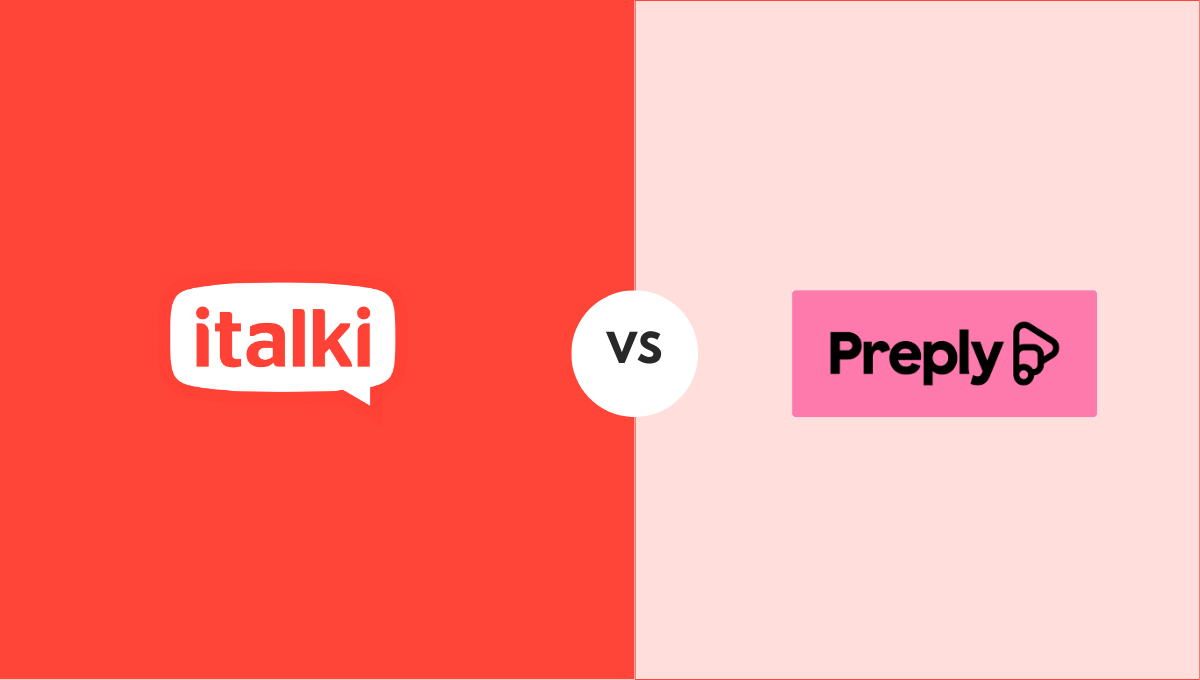You may encounter a number of friendly Spanish speakers, but how do you express your delight at meeting them? Just like in English, there are several ways to say ‘nice to meet you’ in Spanish. With this comprehensive guide, we will walk you through all of them.
In this guide, we will explore 7 different ways to say ‘nice to meet you’ in Spanish. Note them down as they are going to help you walk to different formal and informal conversations in this beautiful language. So, without delaying any further, let’s get started!
What is nice to meet you in Spanish
1. “Mucho gusto.” (MOO-cho GOO-sto)
This is the most common way to say “nice to meet you” in Spanish. It is a great phrase to have in your Spanish vocabulary, and you will probably hear it a lot if you hang out with Spanish speakers.
Let’s have a look at an example:
– “Me llamo David. Mucho gusto.” (“My name’s David. Nice to meet you.”).
– Them: “Te quiero presentar a mi novia, Susan.” (“I’d like to introduce you to my girlfriend, Susan.”)
– You: “Mucho gusto.” (“Nice to meet you.”).
2. “Mucho gusto en conocerte.” (MOO-cho GOO-sto en con-O-ser-tay)
Use this longer phrase to show off your Spanish skills. Although “mucho gusto” is perfectly acceptable on its own, for a slightly more elevated response, try saying “mucho gusto en conocerte,” which translates to “It’s very nice to meet you.”
For example:
– If you are speaking with someone who is older than you or want to show extra respect, try saying “mucho gusto en conocerle.” (MOO-cho GOO-sto en con-O-ser-lay).[3]
– “Soy tu vecino. Mucho gusto en conocerte.” (“I’m your neighbor. It’s very good to meet you.”)
– “Usted debe ser el gobernador. Mucho gusto en conocerle.” (“You must be the governor. It’s very good to meet you.”).
You need to enhance your vocabulary to carry out basic Spanish conversations. Otherwise, you will end up being in an awkward situation where you will be seen struggling with words.

Learn Spanish on italki
Join the global community of language learners today! Sign up for italki and start improving your language skills with native-speaking teachers from around the world.
Create an italki account
3. “Encantado.” (en-cahn-TA-do)
“Encantado” is another word for “mucho gusto,” particularly in Spain. It literally means “delighted,” but it is also a popular way to say “nice to meet you.” Although speakers of Latin American Spanish will understand “encantado” and may even use it, it is most commonly used in European Spanish.
Because Spanish employs grammatical gender, the word “encantado” changes depending on the gender of the speaker. If you are a woman, say “encantada”.
For example:
– “¡Finalmente nos conocemos en persona! Encantado.” (“We finally meet in person! Nice to meet you.”)
– Them: “Hola, mi nombre es Ivan.” (“Hello, my name is Ivan.”)
– You: “Encantada. Soy María.” (“Nice to meet you. I’m Maria.”).
4. “Encantado de conocerte.” (en-cahn-TA-do day con-O-ser-tay)
Make “encantado” sound more elevated by using this phrase. This expression is translated as “pleased to meet you.” When you want to sound sophisticated or formal, try this.
For example:
– Don’t forget to change the form of “encantado” depending on the gender of the speaker. If you are a woman, say “encantada de conocerte” instead.
– When speaking with someone who is older than you or in a position of authority, try saying “encantado/a de conocerle”.
– “Soy Claudia. Encantada de conocerte.” (“I’m Claudia. It’s a pleasure to meet you.”).
– “Buenos días Señora Medina. Encantado de conocerle.” (“Good morning, Mrs. Medina. It’s a pleasure to meet you.”).
You can also learn different Spanish business greetings to add to the expression ‘nice to meet you’ in Spanish.
5. “Es un placer.” (ess oon PLA-ser)
This Spanish expression means “it’s a pleasure.” You can use “it’s a pleasure” as a convenient substitute for “nice to meet you” in Spanish, just as you would in English. This response is more formal than “mucho gusto,” but it is useful in a variety of situations.
– “Siempre es un placer, Señor Bolaño.” (“It’s always a pleasure, Mr. Bolaño.”)
– Them: “Este es mi amigo, Jacobo.” (“This is my friend, Jacobo.”)
– You: “Es un placer, Jacobo.” (“It’s a pleasure, Jacobo.”).
6. “Fue un placer.” (foo-AY oon PLA-ser)
Try saying “It was a pleasure” at the end of a conversation. “Fue” is a past-tense form of “es,” so it’s useful when you want to tell someone how nice it was to meet them.
For example:
– “Tengo que irme. Buenas noches, señora, fue un placer.” (“I have to go. Good night, ma’am, it was a pleasure to meet you.”)
– “Me lo pasé muy bien esta noche. Fue un placer.” (“I had a great time tonight. It was a pleasure.”)
7. “He escuchado mucho sobre ti.” (eh ess-koo-CHA-do MOO-cho SO-bray tee)
This phrase means “I have heard so much about you.” If this is someone you knew before meeting for the first time, you can use it in the same way that you would say “nice to meet you” in English.
For example:
– “¡Eres Sabina! He escuchado mucho sobre ti.” (“You are Sabina! I have heard so much about you.”)
– “¡El famoso Rafael! He escuchado mucho sobre ti.” (“The famous Rafael! I’ve heard a lot about you.”)
Learn Spanish with italki
If you want to hire a personal Spanish tutor, get one from italki. Learning Spanish online is super easy with this learning medium as it provides flexible instructional approaches. The teachers are mostly native Spanish speakers who will help you learn Spanish vocabulary, pronunciation, grammar, sentence structure, etc.

Find Your Perfect Teacher
At italki, you can find your Spanish tutor from all qualified and experienced teachers. Now experience the excellent language learning journey!
Book a trial lesson
Book your lessons by visiting the website and start learning in the comfort of your home!
Conclusion
Now that, you know seven (7) different ways to say ‘nice to meet you’ in Spanish. Use these expressions depending on the formal and informal situations. If you are a beginner, start learning basic greetings such as: hi, how are you, thank you and you are welcome in Spanish.
Book lessons with italki to seek professional guidance and master this amazing language within a few months. Happy learning!
Want to learn a language at italki?
Here are the best resources for you!




















